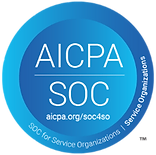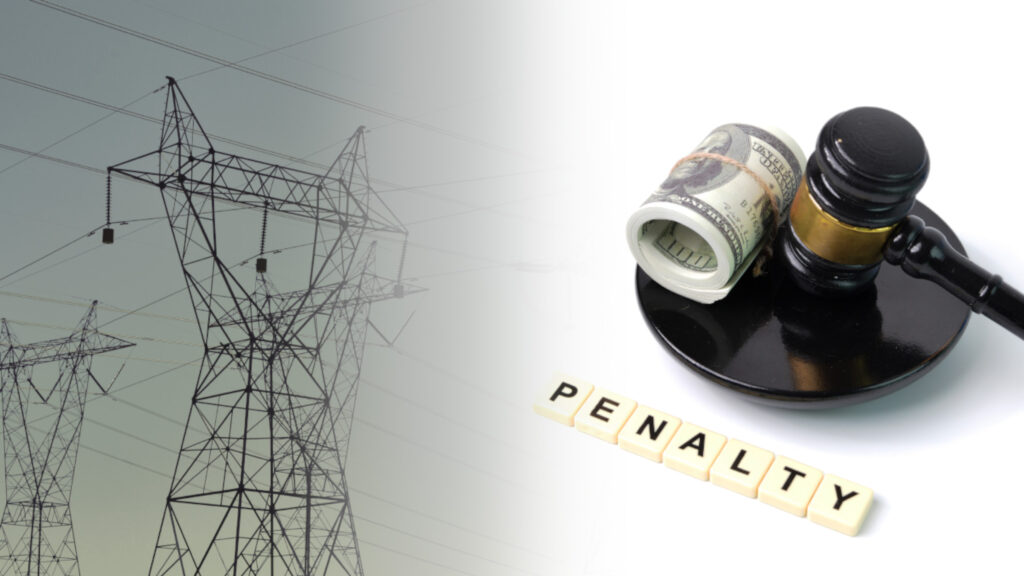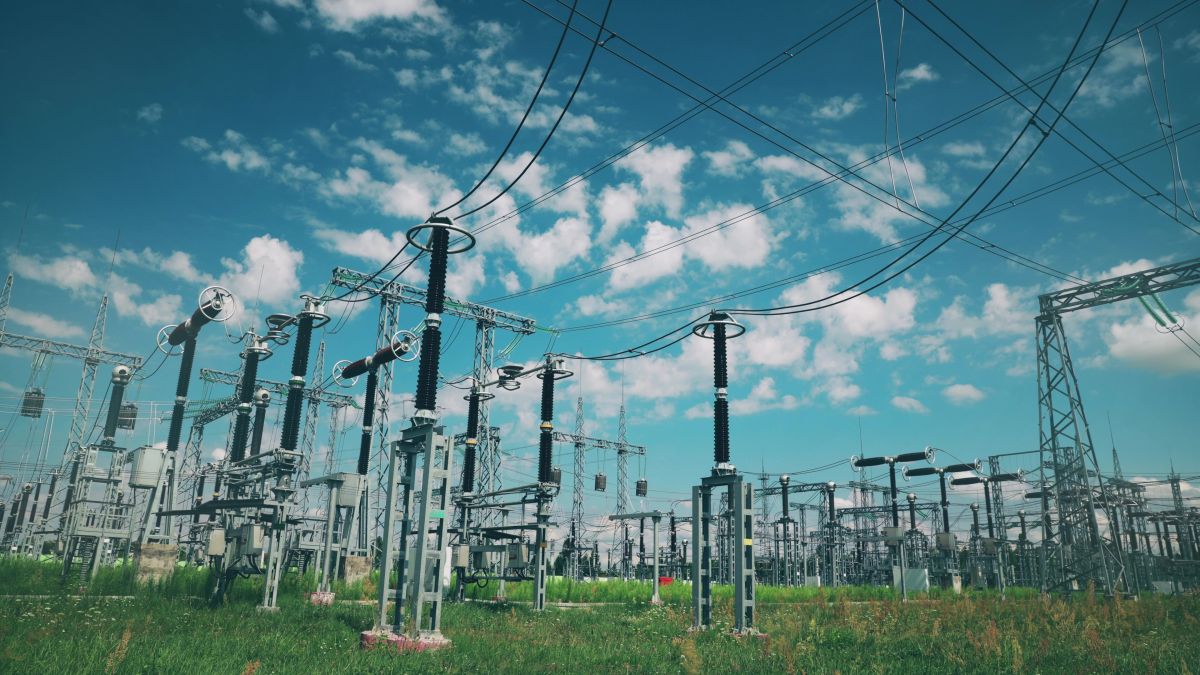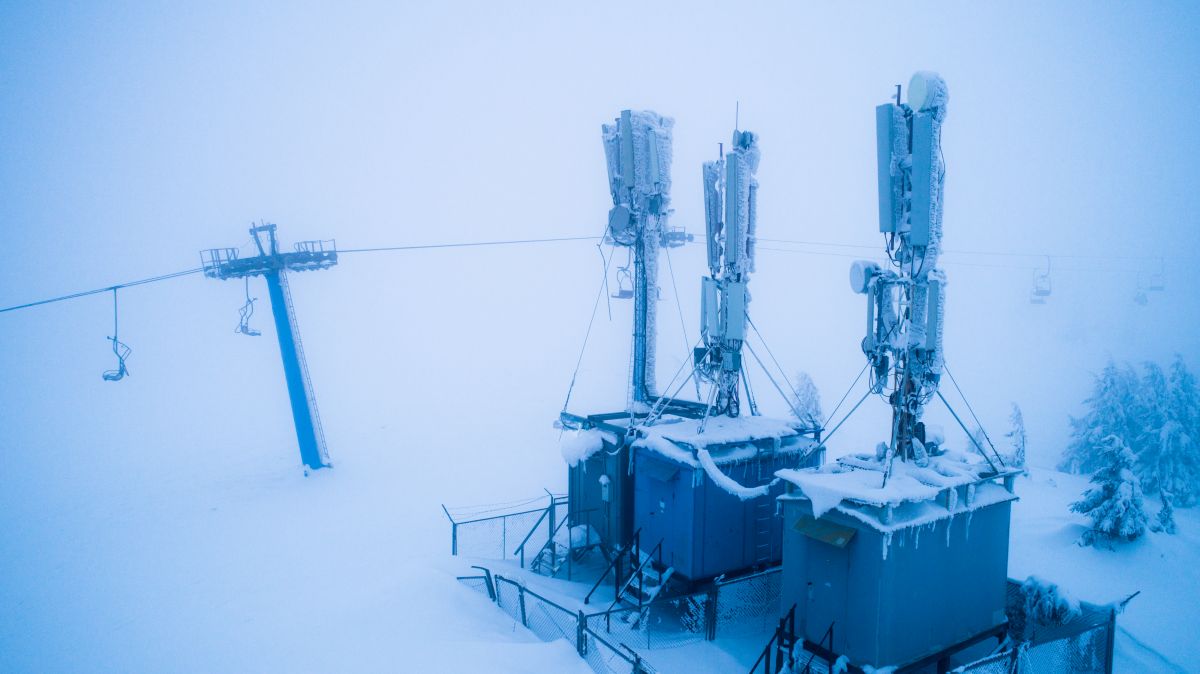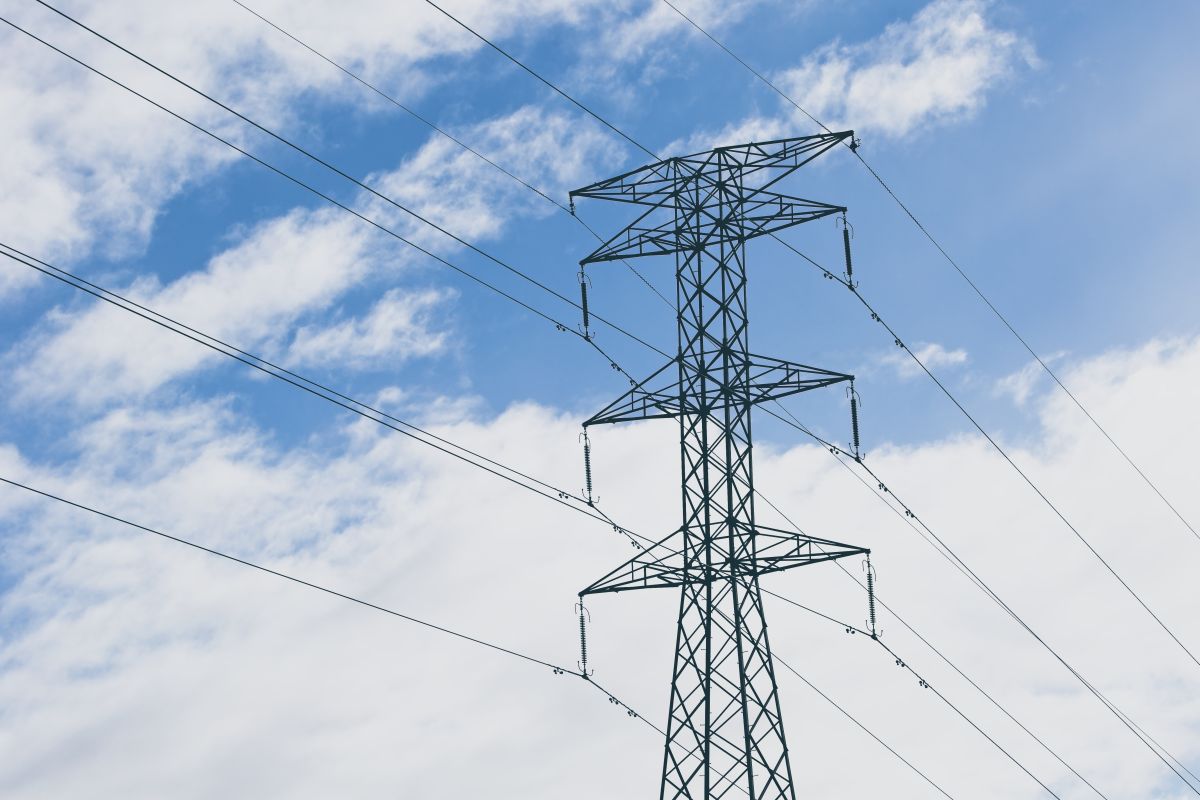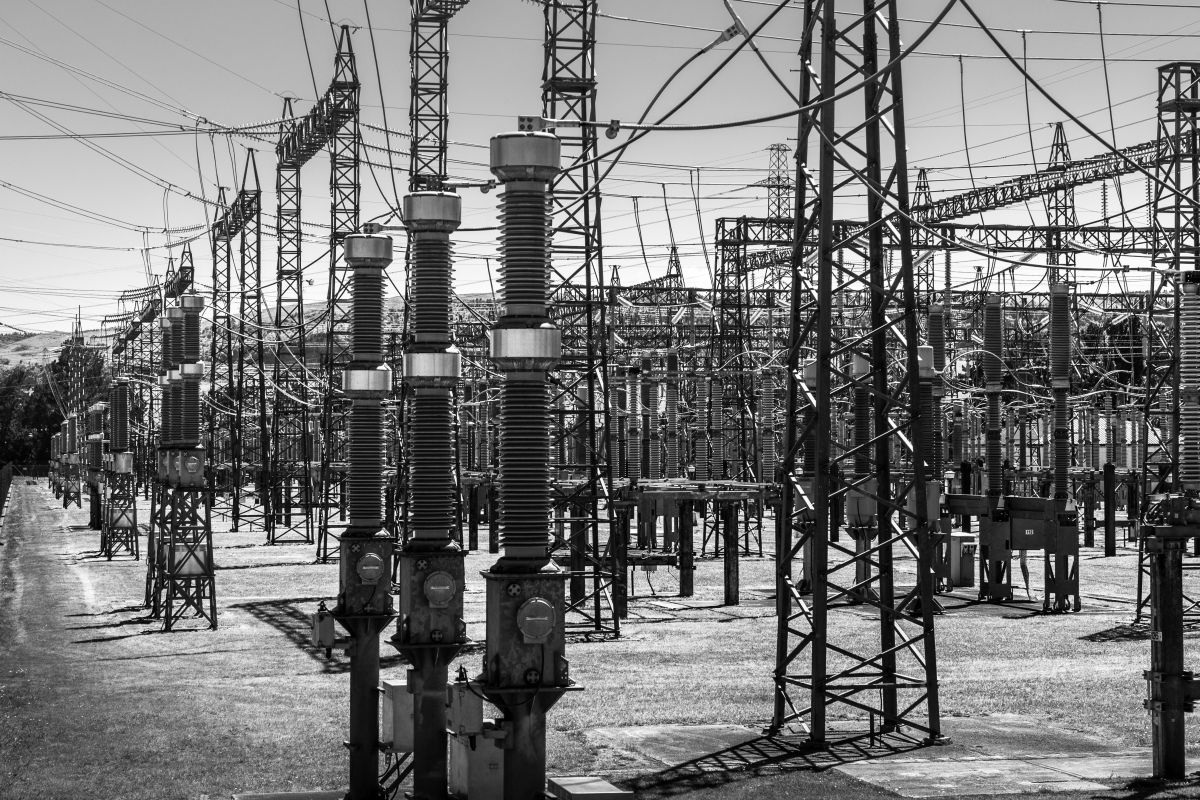The North American Electric Reliability Corporation (NERC) plays a vital role in keeping the power grid safe and reliable. Their established rules and standards ensure that the power supply in North America remains consistent and secure. Following these rules is compulsory for each registered entity and failing to do so can lead to hefty fines or penalties. Such failure also can harm your utility’s reputation and undermine the trust of investors.
This information guide helps you to understand why it’s so important to adhere to the NERC standards, and what can happen when those standards are not met. It also highlights recent cases of NERC penalties and provides advice on how you can avoid them.
Significance of NERC Standards
Compliance with NERC standards is not just about meeting regulatory obligations, it is integral to maintaining the integrity of the power grid. A robust, resilient power grid is vital to the economic and social well-being of the regions it serves. Violation of NERC standards can result in penalties, which can reach up to
$1 million per day per violation, a substantial financial burden for any organization.
Beyond the financial implications, non-compliance can also lead to operational disruptions. Such disruptions could compromise the reliable supply of electricity, affecting not just the violating entity but also customers and interconnected entities. In the worst-case scenario, failure to comply with NERC standards could contribute to a wide-scale blackout, with potentially devastating impacts on society and the economy.
Recent NERC Penalties
In 2023 as of now, there are a total of nine violations and the total penalty amount of them is more than 7 million dollars. The following table shows some of the recent NERC penalties.
REGION | WHEN? | ENTITY | COMPLIANCE AREA | VIOLATION | REASON | PENALTY AMOUNT |
|---|---|---|---|---|---|---|
FERC
| Quarter 2 - May 2023 | Exelon Companies | FAC | FAC-009-1 | Insufficient internal controls to verify accuracy in information recording throughout each company’s Facility Ratings program and processes. | $1.8M |
FERC | Quarter 2 - April 2023 | OhmConnect, | CAISO’s Tariff | Section 37.3.1.1 of CAISO’s Tariff | Ohm’s bids exceeded the registered metered load of all its customers. | $150K |
FERC | Quarter 2 - April 2023 | Leapfrog Power, Inc. | CAISO’s Tariff | Section 37.3.1.1 of CAISO’s Tariff | Leap’s bids exceeded the registered metered load of all its customers | $120K |
FERC | Quarter 1 10/01/2015- 05/21/2021 | University Park Energy | PRC-005-2(i) R3 | Protection & Control (PRC) Standard | Not all components were being maintained and tested as required. | $32K |
FERC | Quarter 1 12/30/2022 | PacifiCorp | FAC-009-1 R1 | Facilities Design, Connections, & Maintenance (FAC) Standard | Lack of establishment and facility ratings not consistent with its FRM. | $4.4M |
1. Exelon Companies
The North American Electric Reliability Corporation (NERC) penalized Exelon companies, including Atlantic City Electric Company, Delmarva Power & Light Company, Potomac Electric Power Company, Baltimore Gas and Electric Company, Commonwealth Edison Company, and PECO Energy Company for violating Facility rating standards, the FAC-009-1. The penalties were based on failures in maintaining accurate Facility Ratings, which could potentially jeopardize the reliability of the Bulk Power System. The issues stemmed from inadequate internal controls, communication gaps, and training deficiencies. Each company submitted a plan to address the violations and a total penalty of $1.8 million was imposed considering factors like violation severity, previous compliance history, and cooperation level.
2. OhmConnect, Inc.
The Commission approved an agreement between the Office of Enforcement and OhmConnect, Inc., resolving an investigation into Ohm’s violations of the CAISO Tariff section. Between January and June 2018, most of Ohm’s bids exceeded the registered metered load of all its customers, which it could not reasonably fulfill, thereby violating the Tariff. Ohm did not admit to or deny the liability but agreed to the settlement terms. The resolution included a civil penalty of $141,094 paid to the US Treasury, disgorgement of $8,906 to CAISO, and subjected Ohm to compliance monitoring.
3. LeapFrog Power, Inc.
The Federal Energy Regulatory Commission (FERC) enforcement established that LeapFrog breached Section 37.3.1.1 of the California Independent System Operator’s (CAISO) Tariff. This section mandates that market participants should submit energy bids from resources reasonably anticipated to be available and capable of performing at the specified bid levels. From February to August 2019, Leap violated this tariff section by predominantly placing bids exceeding the total registered metered load of all its customers, indicating that Leap could not reasonably expect to fulfill these bids.
4. PacifiCorp
On December 30, 2022, the Federal Energy Regulatory Commission (FERC) and PacifiCorp arrived at a settlement agreement to resolve an investigation into PacifiCorp’s non-compliance with Reliability Standards governing transmission line clearances. The issue, spanning from August 31, 2009 to August 2017, stemmed from PacifiCorp’s failure to comply with FAC-009-1 R1, a standard that mandates the establishment of facility ratings consistent with the Facilities Rating Methodology. While PacifiCorp neither admitted nor denied the violations, it agreed to a Civil Penalty of $4.4 million – $1.9 million to be paid to the United States and the remaining $2.5 million to be invested in reliability enhancement measures that exceed the standard requirements. The settlement also includes compliance monitoring provisions.
5. University Park Energy
University Park Energy, LLC, submitted a Self-Report to ReliabilityFirst stating that, as a Generator Owner, it was in violation of PRC-005-2(i) R3. In July 2019, the entity engaged a third-party contractor to assess its NERC compliance program. As part of that review, the entity discovered that not all components were being maintained/tested, or maintenance and testing activities were not being documented, as required. In total, 23 percent of the entity’s components were affected by this issue.
How You Can Avoid NERC Penalties
Avoiding NERC penalties requires a thorough understanding of NERC regulations and proactive actions to ensure ongoing compliance. Here are some strategies to prevent NERC violations.
- Develop and Maintain a Compliance Program: A well-structured compliance program can help you stay on top of all necessary requirements. This program should include regular audits, operations monitoring, and well-documented processes and procedures.
- Timely Reporting and Mitigation: In case of any incidents, it’s crucial to report to the appropriate bodies quickly and start mitigation processes. Timely reporting can sometimes lessen penalties and shows that your organization is committed to compliance.
- Regular Maintenance and Upgrades: The standards enable organizations to identify and prioritize critical assets, implement appropriate security controls, and safeguard them against cyber and physical threats.
- Hire Compliance Experts: If your organization doesn’t have in-house compliance expertise, consider hiring consultants or a dedicated compliance officer who has in-depth knowledge of NERC standards.
- Stay Informed About Changes: NERC regulations can change over time. Therefore, staying informed about any changes to the standards is essential to maintaining compliance.
